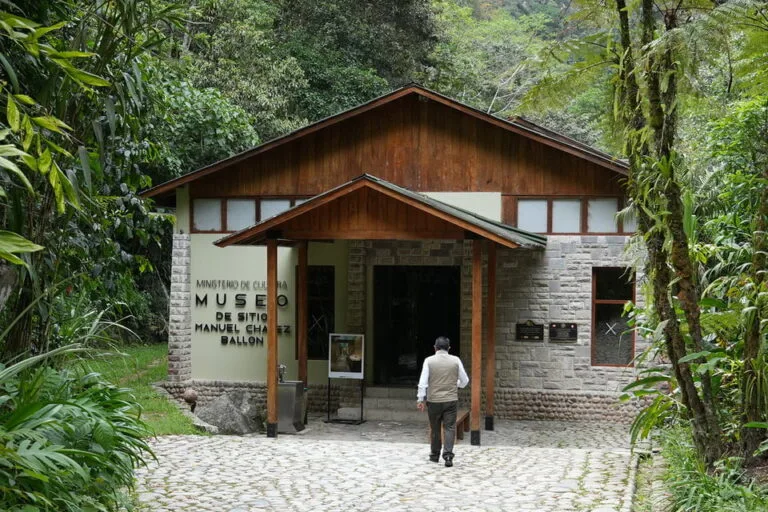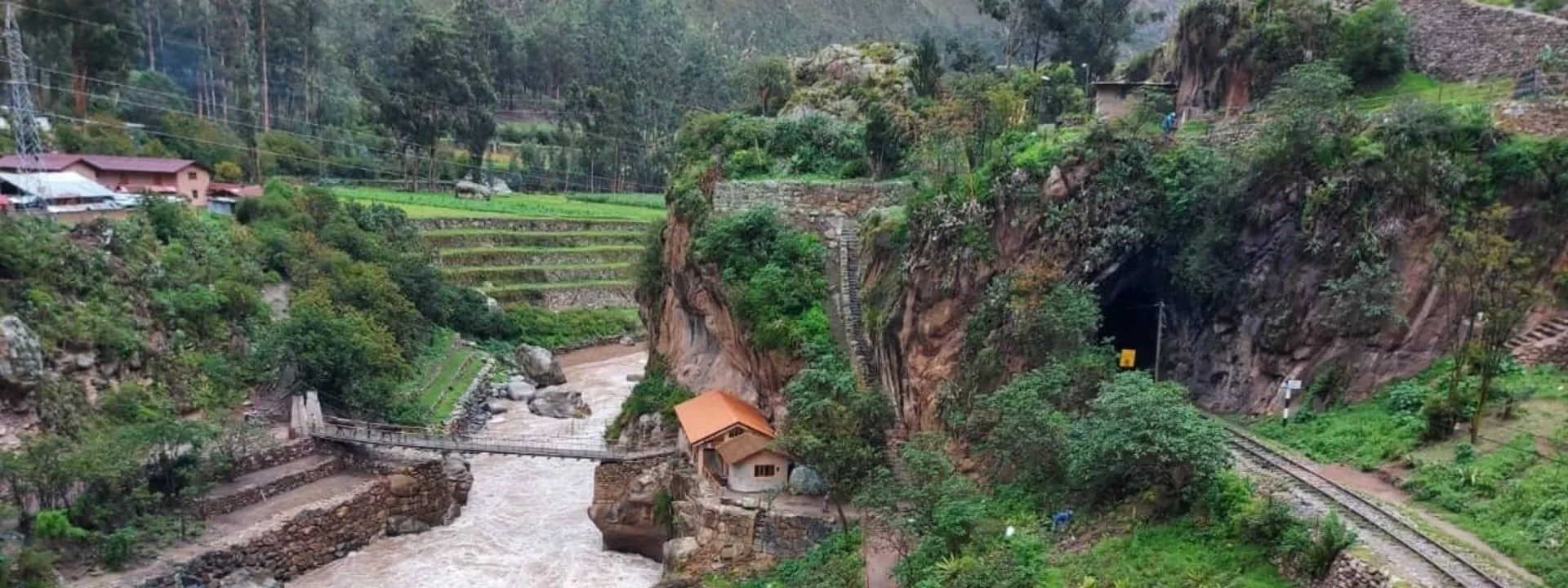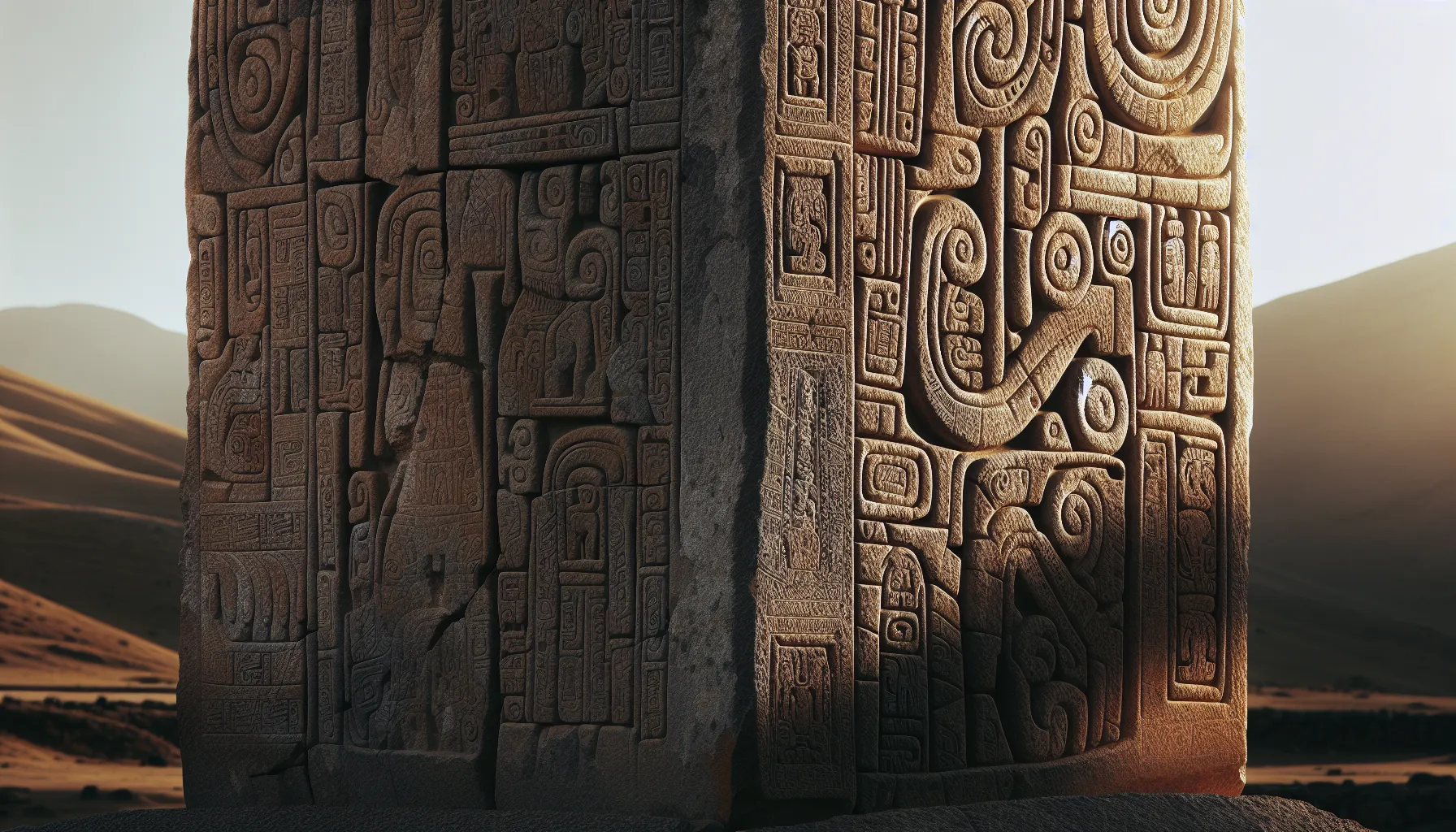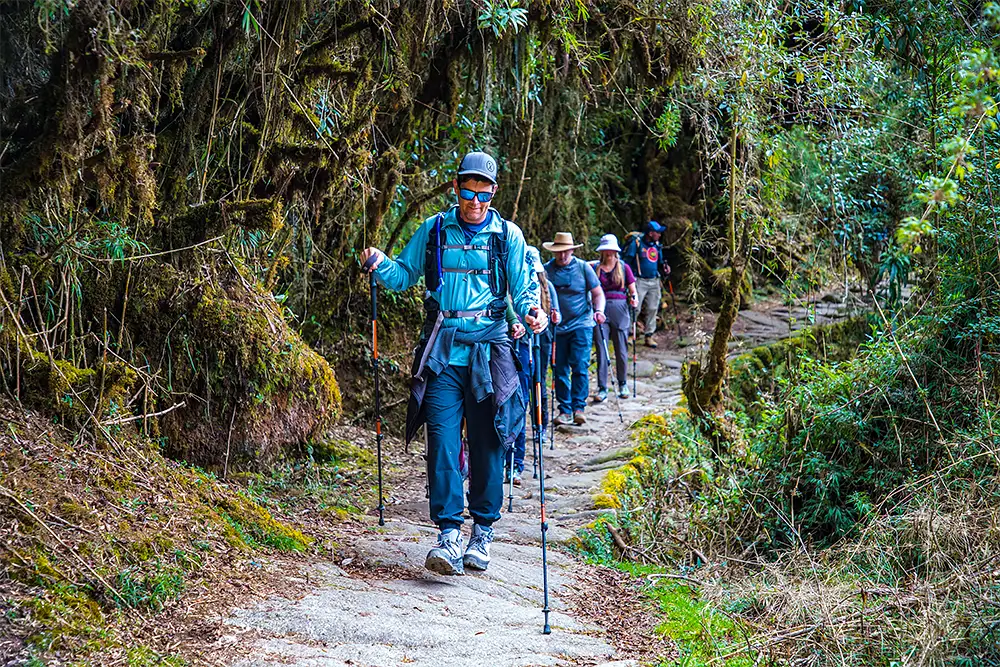Nestled in the sacred valley of Cusco, Peru, the ruins of Qenqo stand as a testament to the ancient Inca civilization. These enigmatic archaeological remains, shrouded in mystery and history, offer visitors a glimpse into the spiritual and architectural prowess of the Incas. Explore the intricate stone carvings, ceremonial spaces, and natural surroundings that make Qenqo a must-visit destination for history enthusiasts and adventurers alike.
Unraveling the Mysteries of Qenqo
Qenqo, meaning 'labyrinth' or 'zigzag' in Quechua, is an intriguing archaeological site located just a few kilometers from the bustling city of Cusco. The complex consists of carved stone structures, underground passages, and ceremonial platforms, believed to have been used for religious rituals and astronomical observations by the Inca priests.
Exploring the Sacred Complex
Visitors to Qenqo can marvel at the intricate rock formations, including a massive granite monolith sculpted with precision to resemble a puma, a sacred animal in Inca cosmology. The site's strategic location overlooking the surrounding valleys offers breathtaking views of the Andean landscape, providing a serene setting for contemplation and exploration.
Practical Tips for Visitors
For those planning a trip to Qenqo, it is advisable to visit early in the morning to avoid crowds and witness the site in the soft light of dawn. Comfortable walking shoes, a hat, and sunscreen are essential due to the high altitude and exposure to the sun. Remember to respect the sacred nature of the site and follow all guidelines provided by local authorities.
Frequently Asked Questions
1. Is there an entrance fee to visit Qenqo?
Yes, visitors need to purchase a tourist ticket that includes access to multiple archaeological sites in the Cusco region.
2. Are guided tours available at Qenqo?
Local guides are available at the entrance to provide insightful tours of the site for a more enriching experience.
3. Can visitors climb the structures at Qenqo?
For preservation purposes and safety reasons, climbing on the ruins is strictly prohibited.
4. What is the best time of year to visit Qenqo?
The dry season from May to September offers the most favorable weather conditions for exploring the site.
5. Are there any restrictions on photography at Qenqo?
While photography is allowed, the use of drones and commercial photography may require special permits.







